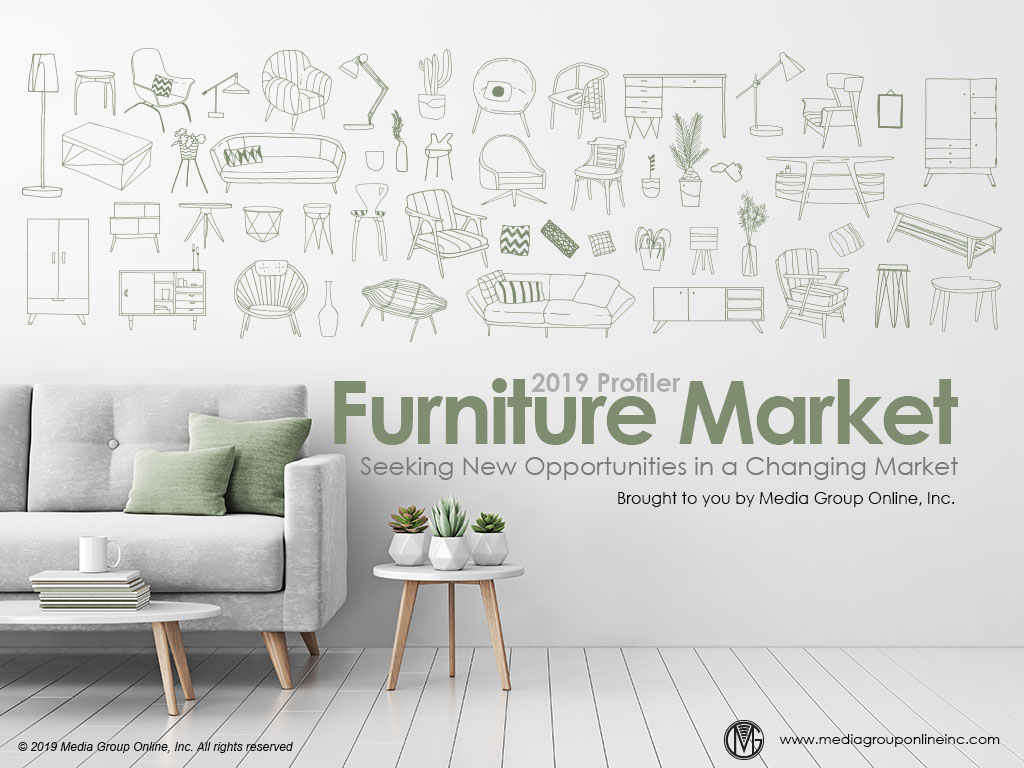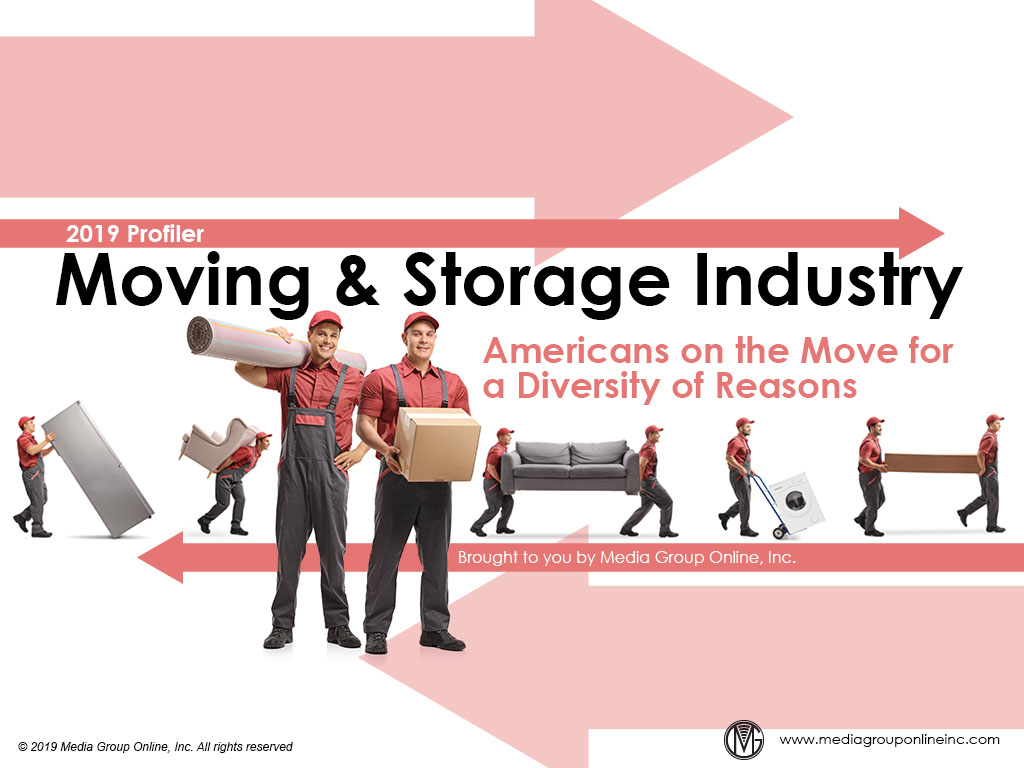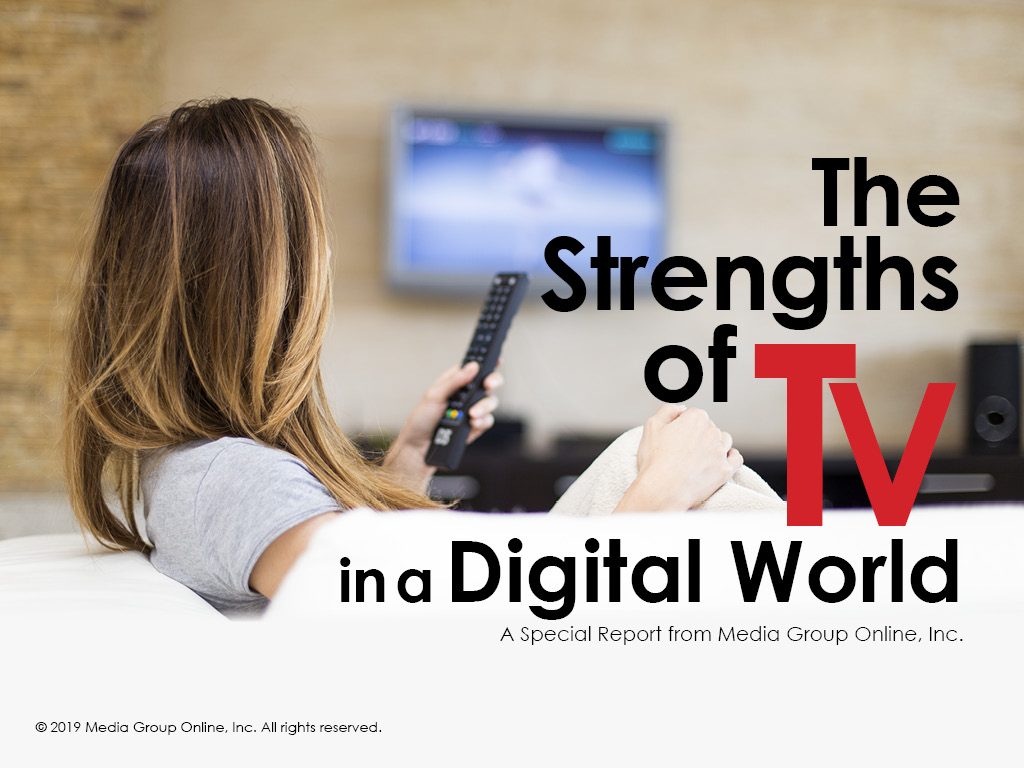
Your Free Sample Package
Website Users Guide
See how easy it is to navigate the site and find the exact resources that will help you generate more leads, schedule more prospect meetings and close more – and bigger – contracts.
NEW MEDIA INSIGHTS REPORTS:
Latest information from the world of digital media and technology
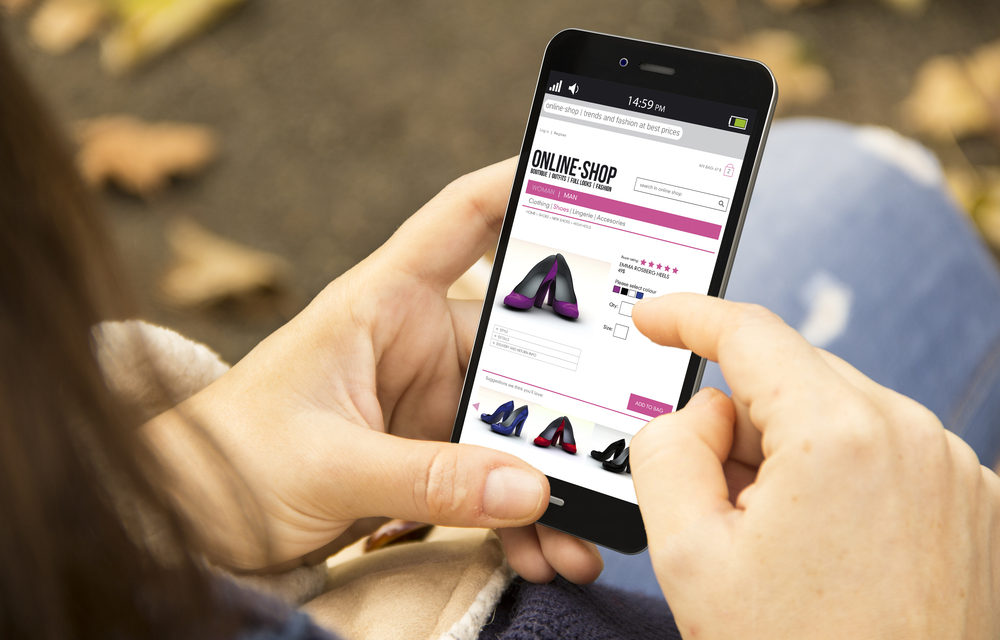
HOW TO CONNECT WITH AND DRIVE MORE MOBILE SHOPPERS TO RETAIL STORES
The omnichannel concept can be confusing and difficult to apply for local retailers/ advertisers with limited time, marketing budgets and personnel.
New research from Blis, a global martech business, however, should help to demystify the concept and reveal how even the smallest retailers can benefit from engaging with consumers throughout the purchase journey.
First, the results of the research reinforces a finding from other studies: almost 76% of consumers still prefer to make purchases either from their desktop or laptop computer or in-store.
Industry Profilers and PowerPoints
Up-to-date reports on more than 150 retail sectors.
2019 Turns Sour After a Good 2018 Performance
- According to the US Census Bureau, “furniture stores” (NAICS 4421), had excellent 2018 sales, increasing 6.3%, to a total of $63.68 billion. “Home furnishings stores” (NAICS 4422) didn’t fare as well, with a 1.8% decrease in sales, to $52.94 billion.
- Both categories, however, had flat sales during the first half of 2019. Consumers continue to spend their money, but not enough of it for furniture and furnishings, although some furniture items are exempted from pending tariffs.
- During the latest month (August 2019) for which retail sales data is available, furniture and home furnishings stores increased sales a meager 0.1%, compared to August 2018, or a total of $9.71 billion. Total August 2019 retail sales increased 4.1%.
More Americans Staying Put
- The mobility rate of all Americans age 1 or older decreased again from 2017 to 2018, or 10.1%, to a total of 32.35 million, compared to 11.0% from 2016 to 2017, or a total of 34.9 million.
- This begs the question: Are fewer Americans moving because the economy is good to very good in most areas of the country, which means jobs are more secure, or because too many Americans are struggling financially and can’t afford to move?
- Unsurprisingly, the largest number of movers were 20 to 34 years of age, or 20–24, 4.36 million; 25–29, 4.67 million; and 30–34, 3.13 million, as many of the youngest adults move for college and older Millennials seek the best job opportunities.
Automotive Update Report
Latest topics and issues in the automotive industry and dealerships
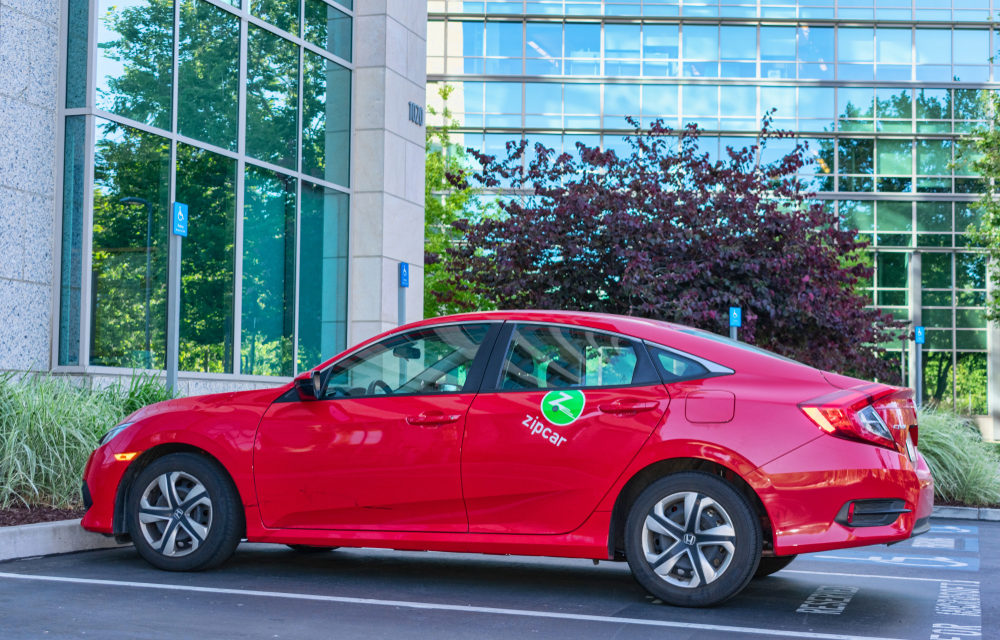
Sales Continue to Roll with Positive Economic Conditions
As with so many retail sectors, consumers continue to carry the automobile market on their backs. Despite estimated sales (since they only report actual sales quarterly) at General Motors of -5.5%, Ford Motor Co. of -2.7% and Fiat Chrysler Automobiles of -3.5%, Automotive News estimates the remainder of the industry enjoyed a 2.2% increase for November.
The forecast for November’s SAAR (seasonally adjusted, annualized rate) was in the range of 16.9 million to 17.5 million, a significant improvement from October’s 16.55 million. According to Automotive News analysis, the industry still has the opportunity to exceed 17 million units for all of 2019, which would be the fifth consecutive year.
Once again, Toyota Motor Corporation, American Honda Motor Company and Hyundai-Kia Automotive Group led with almost or double-digit sales gains, or +9.2%, +11.1% and +10.4%, respectively.
Nissan Motor Company, however, is the odd man out again, as November’s decline of 14.4% in sales, is the third consecutive month in the red, and the eighth during 2019. Sales for the Nissan brand decreased 13.3%, and Infiniti 33.4%.
Special Reports
In-depth reports on the most important media, retail, marketing and demographic topics.
THE STRENGTHS OF TV IN A DIGITAL WORLD
The Emotional Connection
The media scholar Marshall McLuhan is famous for stating, “TV is a cool medium.” Without burying ourselves into the minutiae of his theories, he argued TV is cool because it requires more audience participation than a hot medium, such as radio, where only one sense is utilized.
With TV, more of the senses are needed to connect with the content and it is the overwhelming experience and effect of how the audience uses TV that also makes it the most emotional medium.
At a fundamental level, emotions drive most humans’ decisions – including their decisions as consumers. The conscious decision to buy a product or service is the beginning of the purchase funnel and TV is the best ad medium to make the initial emotional connection with consumers who want to fulfill a need.


